Everything You Ever Wanted to Know About the Flexitarian Diet
The top 13 takeaways from this plant-based eating plan.
Updated on August 3, 2023

The Flexitarian Diet, founded by dietitian Dawn Jackson Blatner, RDN, is exactly what it sounds like: flexible and vegetarian. Rather than avoiding complete food groups altogether, Blatner recommends eating more meals filled with whole grains, legumes, fruits, veggies, and nuts. The term “flexitarian” has been around since the 1990s and was named The Most Useful Word of 2003 by the American Dialect Society.
Blatner describes the Flexitarian Diet as the “mostly vegetarian way to lose weight, be healthier, prevent disease and add years to your life.” There’s some science to show a mostly vegetarian diet can lower disease risk and increase life expectancy. Vegetarians weigh 15 percent less than meat eaters and have a lower risk of heart disease, diabetes, and cancer. Plus, flexitarians live 3.6 years longer than meat eaters, according to research cited by Blatner.
Whether you’re already flexing, interested in cutting back your animal protein consumption, or you want to know more about the concept, we’ve got you covered. Read on to learn about the pros and cons of this diet, discover recipe ideas and more.
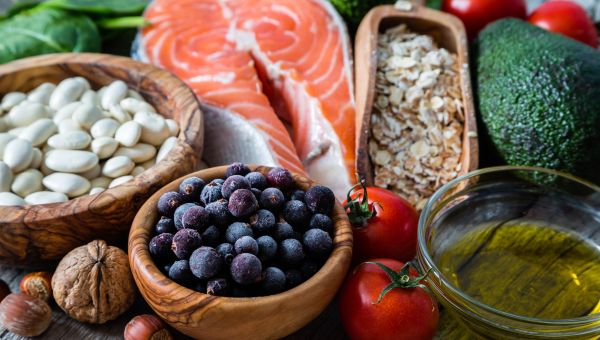
It's a high-ranking diet
The Flexitarian Diet routinely ranks atop several categories in U.S. News & World Report's annual Best Diets rankings. Why? It’s easy to follow, nutritionally safe, can help with weight loss, and lowers diabetes and heart disease risk.
According to one large-scale European study presented at an American Heart Association meeting, a diet rich in more plant-based foods than animal-based foods can decrease the odds of dying from heart disease or stroke by 20 percent. And when it comes to vegetarianism and diabetes, one study published in the journal PLOS Medicine determined that a full vegetarian diet reduces the risk of developing diabetes by 34 percent, while going semi-vegetarian reduces the risk by 20 percent.
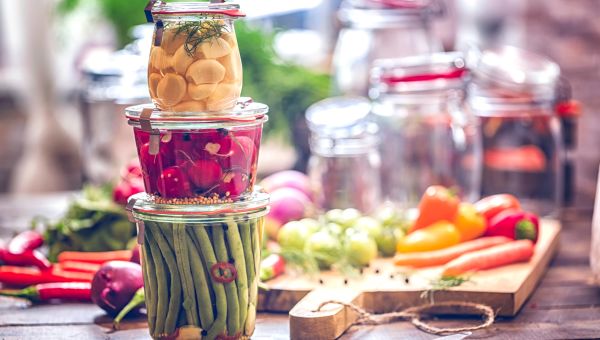
Does it have any drawbacks?
You may be curious to learn about the diet’s pitfalls. While most experts recommend this semi-vegetarian plan, here are a couple of the issues you might notice if you adopt the diet:
You can eat too many carbs if you’re not careful. If you’re used to eating meat at every meal, you may get hungrier when you start eating less. Don’t overindulge in carbs or fats just because you’re skipping animal protein. Instead, aim to get enough protein in each meal. Protein needs differ for everyone, but 10 to 35 percent of your calories should be from protein.
You’ll need to ramp up your meal prepping routine. Meal prepping can help you get enough of the nutrients you need. Since fish, tofu, and beans are going to be your protein mainstays, you’ll want to be more strategic about your Sunday meal prep. These weekly meal prep strategies can help:
- Breakfast: Make a big batch of chia pudding (3 cups almond milk, ½ cup of chia seeds, and cinnamon to taste) at the beginning of the week, so all you have to do come 7 a.m. is scoop and enjoy.
- Lunch: Try quinoa bowls with tofu, broccoli, cabbage, and sesame seeds.
- Dinner: Make a big pot of soup using veggie broth, cubed sweet potatoes, kale, ginger, onion, garlic, and the juice from one lime.
- Snacks: Prep individual-size snacks. Consider satisfying options like hummus with veggies and dried mango or whole-wheat crackers with almond butter.
Don’t overdo it on alcohol. Even though you can have alcohol on the Flexitarian Diet, that doesn’t mean you can go overboard. It’s important to remember that alcohol in moderation is key—no more than one glass a day for women, two for men. One drink is 12 ounces of beer, five ounces of wine, or one and half ounces of eighty-proof liquor.
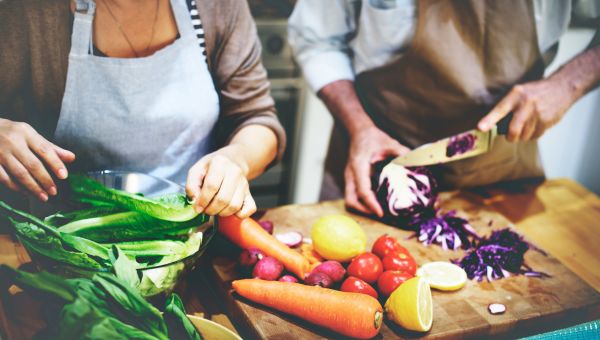
The 5 food groups of the Flexitarian Diet
What will you eat on the Flexitarian Diet? Flexing is all about incorporating these five food groups into your meal regimen:
- Plant-based proteins, or "new meats" (tofu, beans, lentils, nuts, seeds, and eggs)
- Fruits and veggies
- Whole grains
- Dairy
- Healthy spices, sweets and condiments

You can choose the level you want to do
When following the Flexitarian Diet, you have the ability to choose how vegetarian you really want to be.
“The most important part of flexitarianism is not how many meatless days you have, but how many more vegetarian meals you prepare,” says Blatner. So, depending on the amount of meat you want to eat, you have a few options:
- Beginner: 2 meatless days a week (which translates to roughly 26 ounces of meat or poultry per week)
- Advanced: 3 to 4 meatless days a week (about 18 ounces of meat or poultry per week)
- Expert: 5 meatless days a week (about 9 ounces of meat or poultry per week)
This is just a place to start. You can start as a beginner eating a few meatless meals and then work your way up to expert once you’re ready.

There’s an easy-to-follow meal plan
Once you’ve decided how many vegetarian meals you’re going to eat over the course of a week, you can start planning out your meals. It’s recommended that you have three meals and two snacks a day. You should also follow the 3-4-5 calorie system: 300 calories for breakfast, 400 calories for lunch, 500 calories for dinner and 150 calories for each snack. The 1,500-calorie diet is just a suggestion. Calorie needs depend on factors such as how active you are, your height, sex, and weight. Blatner says if needed, you can adjust the calorie count based on those factors to something between 1,200 and 1,800.
The Flexitarian Diet book provides more than 100 recipes for breakfast, lunch, dinner, and snacks.
Here’s one of our favorite recipe lineups:
- Breakfast: Muesli with apples, almonds, coconut milk, and honey
- Lunch: Whole-grain wrap with black beans, avocado, salsa, and lime juice
- Dinner: Stir-fry with brown rice, edamame, ginger, sesame oil, and bell peppers
- Snack #1: Plain Greek yogurt with 100 percent maple syrup
- Snack #2: Low-cal popcorn sprinkled with nutritional yeast
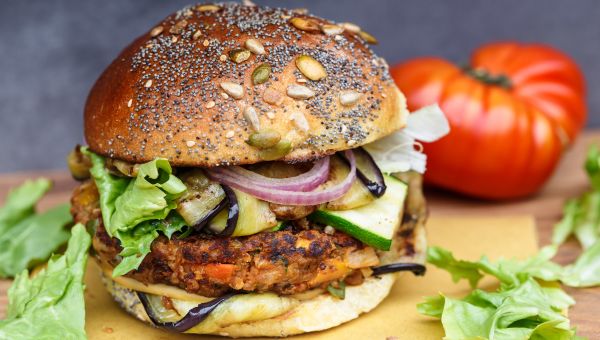
Meat substitutes will leave you satisfied
When you become a flexitarian, in addition to well-known plant-based proteins like tofu and tempeh, you might have to embrace meat substitutes such as those made with soy and wheat proteins. These options are still technically processed, so it’s better to get a majority of your protein from whole sources like beans. In a pinch and in moderation, these options can help vary your diet.
Don’t worry, companies have caught on to the popularity of plant-based diets and many have created yummy versions so that you won’t even miss the meat. Soy meatballs are an easy addition to your regular pasta sauce, buffalo “chick’n” tenders make great salad toppers, and many plant-based meat substitues can grill up into tasty burgers.
Just be selective—some of these pre-packaged options are loaded with sodium even though you can’t taste it. Always read food labels and pick foods with a low percent daily value (DV) of sodium.
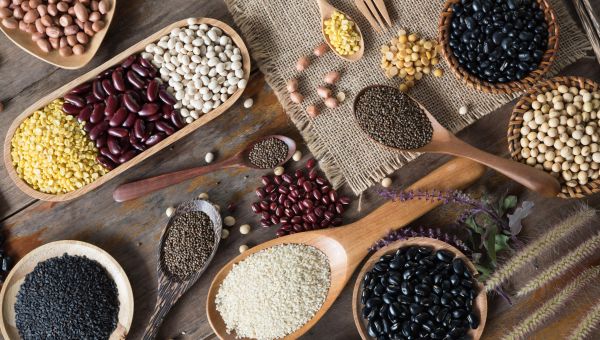
You’ll learn to love legumes
By now, you probably know that legumes like chickpeas and black beans are staples of any plant-based diet. Beans are high in protein, minerals and fiber, but low in saturated fats, an unhealthy kind of fat found in many animal-based products. Beans are a great heart-healthy food, too. They may help lower your blood cholesterol, which is one of the main causes of cardiovascular disease. Aim for three cups of legumes each week to reap the benefits.
The Flexitarian Diet considers beans part of the “new meat” food group and encourages you to creatively incorporate kidney beans, peas, lentils, and navy beans into your meals. And you don’t have to eat them plain—black bean and lentil burger patties count, too. Bean burritos are delicious and easy. Try putting together a whole-grain tortilla with 3/4 cup low-fat or vegetarian refried beans, 3 tablespoons of chopped red pepper, 1 1/2 cups baby spinach, and 1 ounce of cheddar cheese.
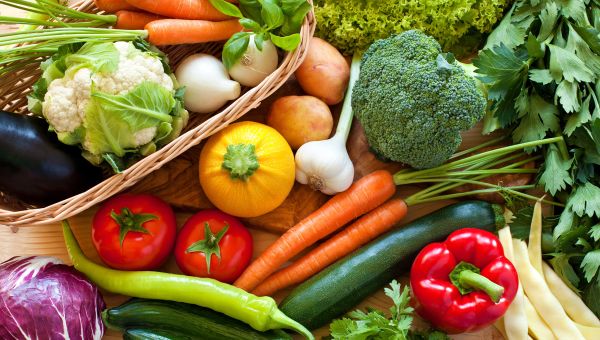
It’s really about upping your fruit and veggie intake...
Fruits and vegetables are the foundations of any healthy diet. In fact, the Dietary Guidelines for Americans suggests filling half of your plate with fruits and vegetables at every meal. Fresh produce is one of the five Flexitarian food groups because the benefits of eating them are endless: Fruits and veggies are low in calories and cholesterol, but full of vitamins A and C, potassium, fiber, and folate. These nutrients help reduce the risk of diabetes, obesity, high cholesterol, heart disease, and certain cancers, and help keep your eyes, skin, and gut healthy, too.
Blatner especially loves leafy greens like spinach, kale, Swiss chard, and romaine. And since you’re going to up your fruit and veggie intake at every meal, try produce you don’t normally buy like apricots, butternut squash, guava and turnips. When following the Flexitarian lifestyle, make sure fruits and vegetables make up 50 percent of all meals and snacks. Here’s a breakdown:
- Dark green veggies: 3 cups per week
- Orange veggies: 2 cups per week
- Starchy veggies: 3 cups per week
- Other veggies: 6 1/2 cups per week
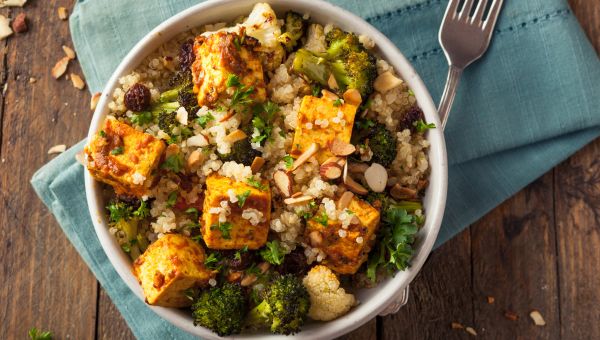
…and boosting your intake of whole grains, too
Another food group that’s on the list: whole grains like barley, corn, oats, quinoa, wheat, brown rice, and whole-grain pasta. Whole grains are touted for reducing the risk of certain types of cancer and helping to regulate your digestive system. Eating them regularly can even lower your risk of stroke, type 2 diabetes, and heart disease by nearly 30 percent. The U.S. Department of Agriculture recommends that women eat 5 to 6 ounces of grain foods per day and that men eat 6 to 8. Half of those foods should be 100 percent whole grains.
Watch out for products that say “enriched” on the package. It means that the grains have been processed and that some of the beneficial vitamins and minerals, like fiber and iron, were added back in after processing. You want to look for products that say “whole” rather than “enriched.” Whole grains should make up about 25 percent of each of your meals.
Expert tip: Make a big batch of brown rice, quinoa, or bulgur then freeze it so you have it on hand when you need an easy side dish.
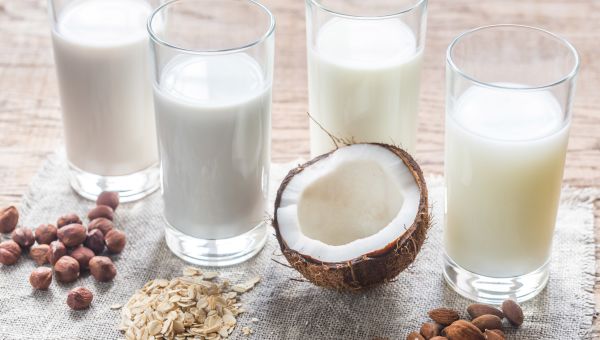
It’ll be fun to get creative with dairy products
Animal-based dairy products are okay on the Flexitarian diet. (Don’t worry, you can still have that creamer in your coffee.) But you’re encouraged to try plant-based milks like those made from soy, rice, almond, oats, and coconut. Plant-based milks tend to be free of cholesterol and have little saturated fat, and some (like soy milk) may slightly decrease your levels of LDL (aka “bad” cholesterol).
Look for fortified versions with calcium and vitamin D, since vegetarian eating can often lead to lower levels of these nutrients that help defend against osteoporosis. And be careful about added sugar, too—options labeled “unsweetened” are best. Be sure that your plant-based milk picks meet the following criteria:
- 70 to 80 calories per cup
- 6 to 7 grams of protein per cup
- 30 percent calcium, plus 25 percent vitamin D per cup
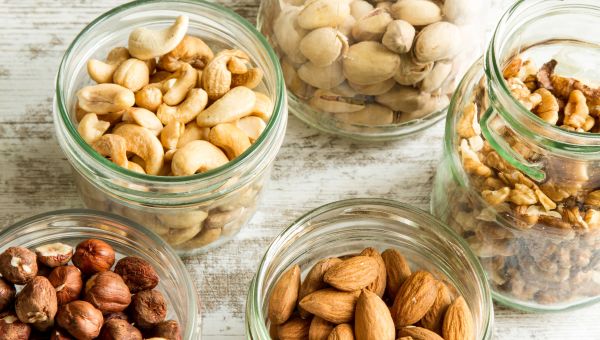
It's easy to incorporate seeds and nuts
Nuts and seeds are part of the Flexitarian diet plan, but health experts everywhere are also big fans of them. While they’re high in fat and calories, certain fats in nuts like polyunsaturated and omega-3 fatty acids are thought to lower the risk of heart disease. In fact, the U.S. Food and Drug Administration says some evidence suggests that eating just 1.5 ounces of most nuts per day can reduce your risk of cardiovascular disease.
If you’re planning to snack on them, buy unsalted nuts, or one bag of salted and one bag of unsalted and mix them together. Try almonds, hazelnuts, chia seeds, flaxseeds, pine nuts, pistachios, pumpkin, sesame seeds, and walnuts. If you’re not so sure about seeds and nuts, here are some ideas:
- Sprinkle chia seeds or flaxseeds over your morning oatmeal or smoothie
- Spread nut butters like sunflower and almond on bananas or whole-wheat crackers.
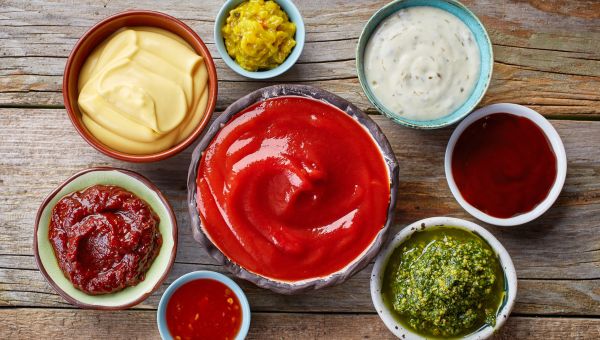
You don’t even have to forget condiments and flavorings
You don’t have to forgo your normal food additions when you become a Flexitarian; all-natural spices and fats are highly encouraged. Flavor your foods with low-cal sweet and savory spices like chili powder, cinnamon, crushed red chili flakes, cumin, Italian seasoning, pumpkin spice, chives, cilantro, ginger, or mint.
And when it comes to oils for cooking, try liquid versions like sesame, peanut, olive, flaxseed, sunflower, almond, and walnut—they’re low in saturated and trans fats in comparison to their solid counterparts, like butter. Real maple syrup is a natural sweetener and can be used on things like pancakes and waffles.
Make sure your fridge and cabinets are stocked with versatile condiment options, like barbeque sauce, eggless mayo, vinegars, salsa, and low-fat sour cream. The diet doesn’t specify how many calories you should consume from spices and condiments, but it suggests keeping two or three fresh herbs in your fridge to have on hand every week. Remember that calorie, sugar, and sodium counts can really add up in condiments. Just be aware of how much of a sauce you’re using and look for options that are lower in sodium and sugar.
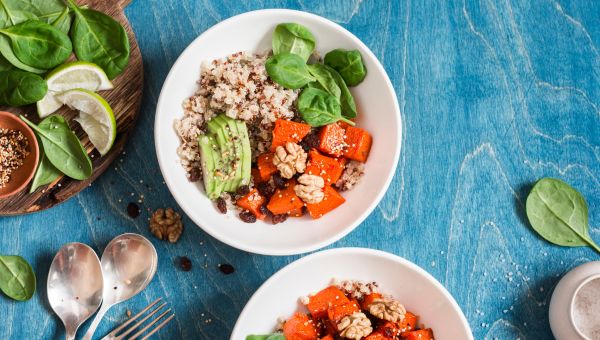
It’s flexible for a reason
If you want to follow the Flexitarian Diet, you can customize the plan and adjust if you’re not feeling satisfied. Talk to your healthcare provider or nutritionist before trying any new diet to determine whether it’s okay to try.
More On


video

article
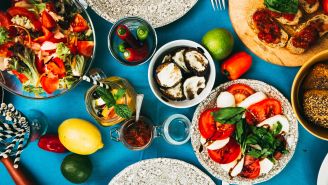
slideshow


video


video
